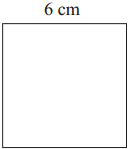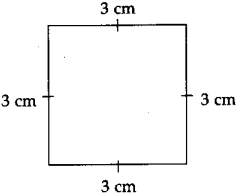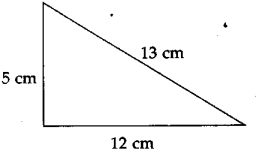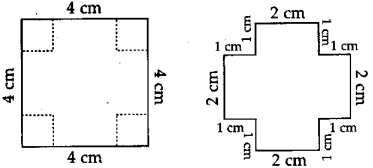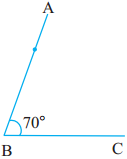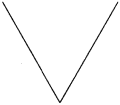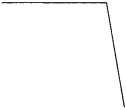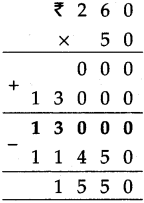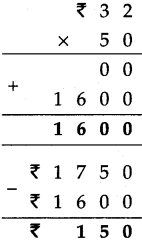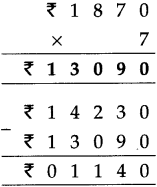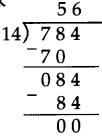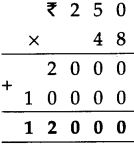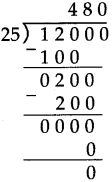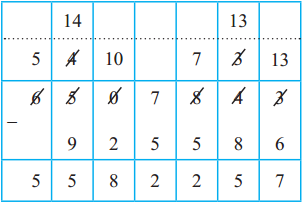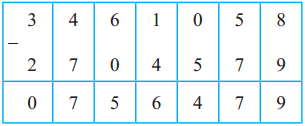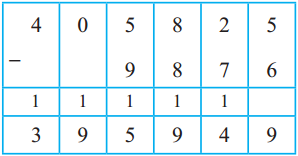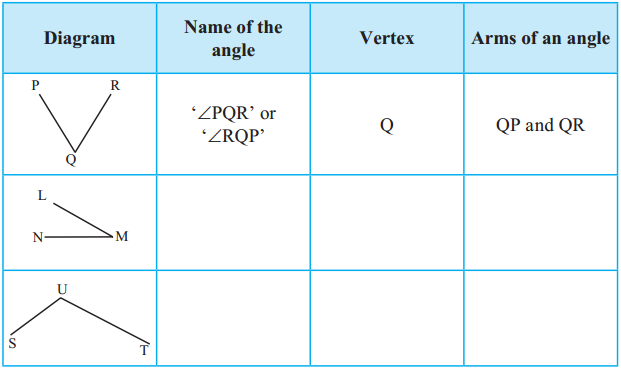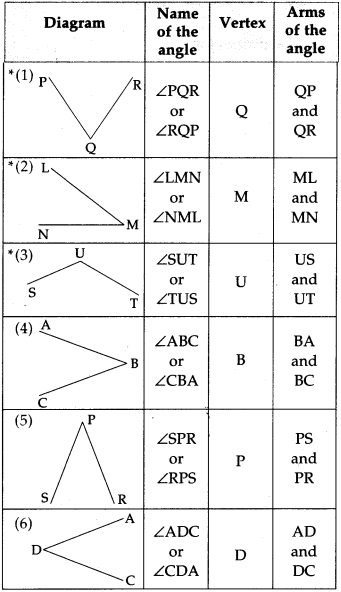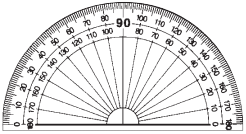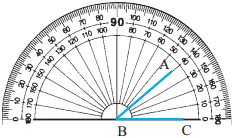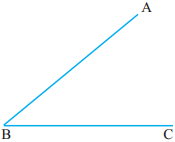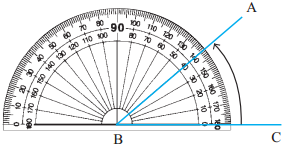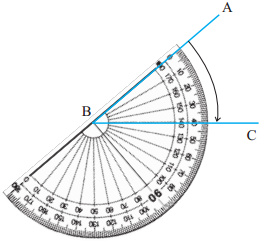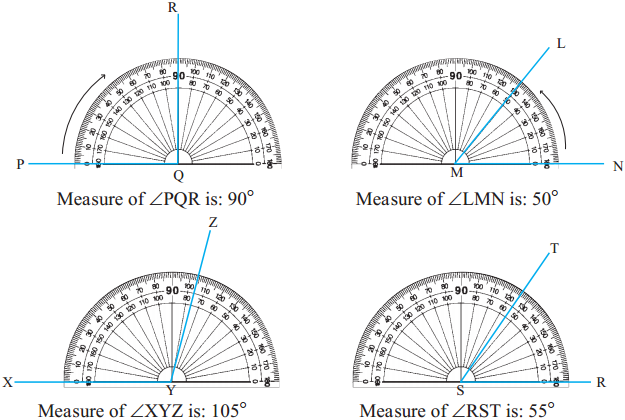Multiples and Factors Class 5 Problem Set 32 Question Answer Maharashtra Board
Balbharti Maharashtra Board Class 5 Maths Solutions Chapter 8 Multiples and Factors Problem Set 32 Textbook Exercise Important Questions and Answers.
Std 5 Maths Chapter 8 Multiples and Factors
Write the factors of the following numbers.
(1) 8
Answer:
8 is exactly divisible by 1, 2, 4, 8.
So, 1, 2, 4, 8 are factors of 8.

(2) 5
Answer:
5 is exactly divisible by 1, 5.
So, 1, 5 are factors of 5.
(3) 14
Answer:
14 is exactly divisible by 1, 2, 7, 14.
So, 1, 2, 7, 14 are the factors 14.
(4) 10
Answer:
10 is exactly divisible by 1, 2, 5, 10.
So, 1, 2, 5, 10 are the factors of 10.
(5) 7
Answer:
7 is exactly divisible by 1, 7.
So, 1, 7 are factors of 7.

(6) 22
Answer:
22 is exactly divisible by 1, 2, 11, 22.
So, 1, 2, 11, 22 are the factors of 22.
(7) 25
Answer:
25 is exactly divisible by 1, 5, 25.
So, 1, 5, 25 are the factors of 25.
(8) 32
Answer:
32 is exactly divisible by 1, 2, 4, 8,16, 32.
So, 1, 2, 4, 8, 16, 32 are the factors of 32.
(9) 33
Answer:
33 is exactly divisible by 1, 3, 11, 33.
So, 1, 3, 11, 33 are the factors of 33.

Multiples
Dada : You know what a divisor and a dividend is. Do you know what a multiple is?
Anju : I don’t know what a multiple is, but I think it must be related to multiplication.
Dada : Right ! Let me give you an example. You can solve 20 ÷ 5, can’t you?
Anju : Yes. When we divide the dividend 20 by the divisor 5, the quotient is 4 and the remainder is 0.
Dada : When the division of a dividend leaves no remainder, the dividend is said to be a multiple of the divisor. In such a case, the dividend is the product of the divisor and the quotient. Here, 20 is a multiple of 5, but 21 is not.
Now tell me, can we divide 84 chalksticks into groups of six?
Suraj : Let me divide by 6. 84 can be divided exactly by 6 and the quotient is 14. Thus, we can make 14 groups of 6. So, 84 is the multiple of 6 and 6 is a factor of 84.
Dada : If the number of chalksticks is 6, 12, 18, 36 or 84, then we can make exact groups of 6 with none left over. It means that 6, 12, 18, 36 and 84 are multiples of 6, or that they are exactly divisible by 6. To see whether the number of chalksticks is a multiple of 6, divide that number by 6. If the remainder is 0, the number is a multiple of 6.
Each number in the 3 times table is exactly divisible by 3 or is a multiple of 3. Similarly, the numbers in the 7 times table are multiples of 7. Numbers in the 9 times table are multiples of 9.
We use this idea all the time. Let me ask you a few questions so as to make it clear. I have a 200 ml measure. Will I be able to measure out 1 litre of milk with it?

Suraj : I litre is 1000 ml. 1000 = 200 × 5, which means that 1000 is a multiple of 200. So we can measure out 1 litre of milk with the 200 millilitre measure. 5 measures of 200 ml make 1 litre.
Dada : Can we measure out one and a half litres of milk with the 200 ml measure?
Anju : One and a half litres is 1500 ml. 1500 is not divisible by 200. So, it is not a multiple of 200. So the 200 ml measure cannot be used to measure out one and a half litres of milk.
Dada : I have 400 grams of chana. I have to make pouches of 60 grams each. Is that possible, if I don’t want any left overs?
Anju : No. 400 is not a multiple of 60.
Dada : How much more chana will I need to make those pouches of 60 grams each?
Anju : We will have to find the multiple of 60 that comes directly after 400. 60 × 6 = 360, 60 × 7 = 420. So, we need 20 grams more of chana.
Tests for divisibility
Study the 2 times table and see which numbers appear in the units place. Similarly, divide 52, 74, 80, 96 and 98 by 2 to see if they are exactly divisible by 2. What rule do we get for determining whether a number is a multiple of 2?
Now study the 5 and 10 times tables.

See what rules you get for finding multiples of 5 and 10, that is, numbers divisible by 5 and 10.
Test for divisibility by 2 : If there is 0, 2, 4, 6 or 8 in the units place, the number is a multiple of 2, or is exactly divisible by 2.
Test for divisibility by 5 : Any number with 5 or 0 in the units place is a multiple of 5 or, is divisible by 5.
Test for divisibility by 10 : Any number that has 0 in the units place is a multiple of 10.
Multiples and Factors Problem Set 32 Additional Important Questions and Answers
Question 1.
Write the factors of the following numbers.
(1) 45
Answer:
45 is exactly divisible by 1, 3, 5, 9,15, 45.
So, 1, 3, 5, 9, 15, 45 are the factors of 45.
(2) 48
Answer:
48 is exactly divisible by 1, 2, 3, 4, 6, 8,12,16, 24, 48.
So, 1, 2, 3, 4, 6, 8,12,16, 24, 48 are the factors of 48.

(3) 60
Answer:
60 is exactly divisible by 1, 2, 3, 4, 5, 6,10,12, 15, 20, 30, 60
So, 1, 2, 3, 4, 5, 6,10, 12, 15, 20, 30, 60 are the factors of 60.
Question 2.
Is 8 a factor of 60?
Answer:
No, since 60 is not exactly divisible by 8.
Class 5 Maths Solution Maharashtra Board

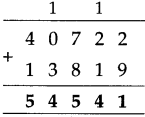
![]()

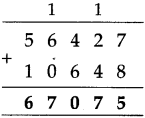

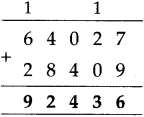


![]()
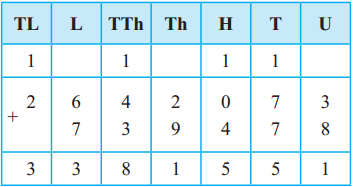
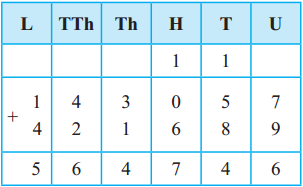
![]()
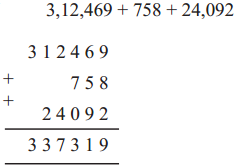
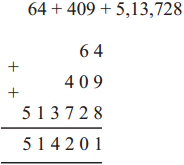
![]()
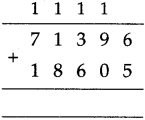
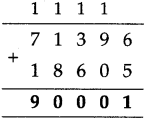
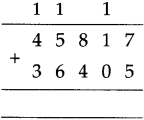

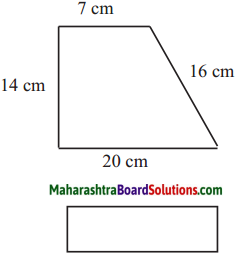
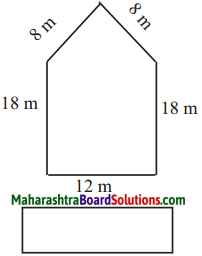
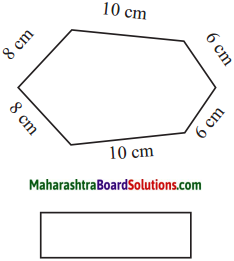

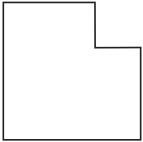
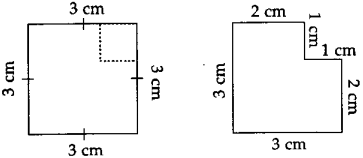
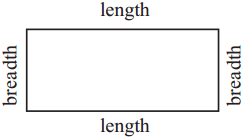
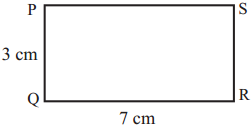
 The lengths of all the sides of a square are equal. Therefore, the perimeter of a square = four times the length of one of its sides.
The lengths of all the sides of a square are equal. Therefore, the perimeter of a square = four times the length of one of its sides.